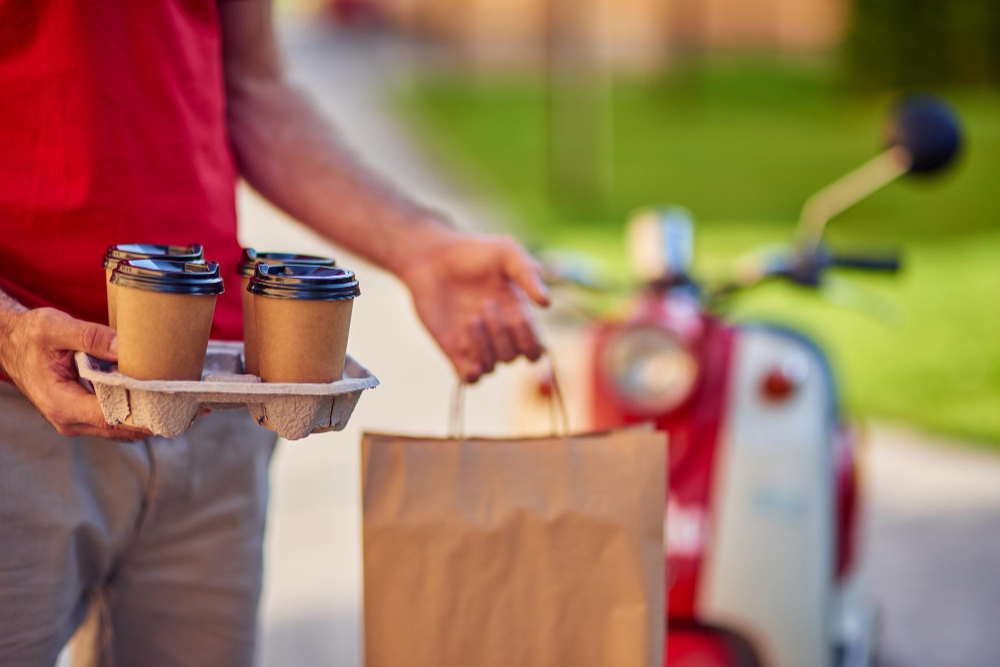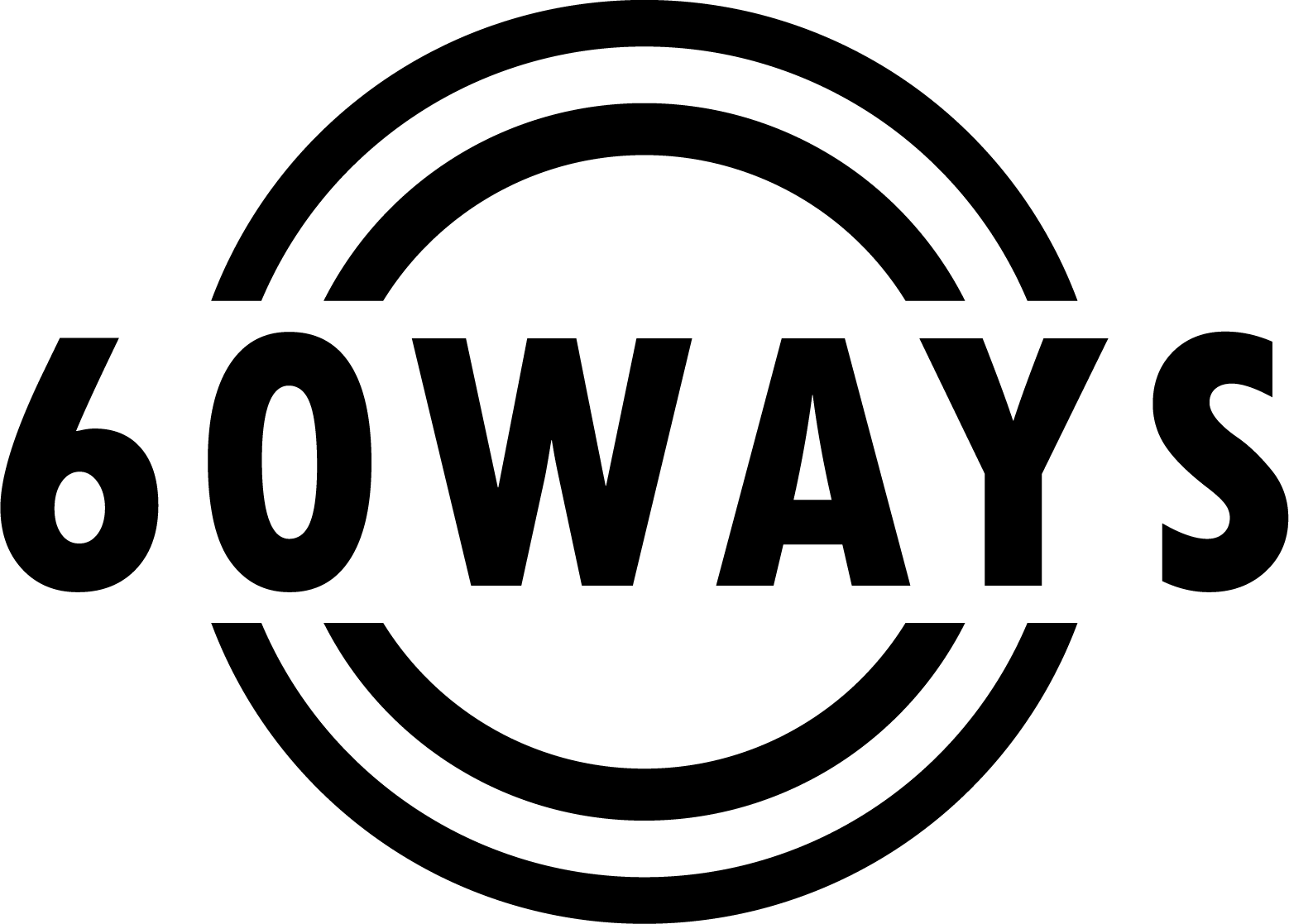So you’ve got a killer coffee blend, maybe even roasted it yourself, and now you’re ready to share it with the world. But here’s the catch—shipping costs in Australia can be a real buzzkill. You’re not alone if you’ve been googling the cheapest way to ship coffee. As a small business owner, I’ve wrestled with the same questions: How can I send fresh coffee without burning a hole in my wallet? How do I keep it safe during transit? And is there a courier that won’t charge more than the beans are worth?
Let’s dive in. This guide is built on hard-earned lessons and real solutions. I’ll walk you through the cheapest ways to ship coffee within Australia (and beyond) and give you easy, no-nonsense advice that’ll save you money—and stress.
 Why Shipping Coffee Is Tricky (and Costly)
Why Shipping Coffee Is Tricky (and Costly)
Before we get into how to save, let’s quickly chat about why shipping coffee can be more expensive than you think:
· Weight: Coffee isn’t feather-light, especially when sending larger quantities.
· Smell-proofing: That rich aroma we all love? Couriers don’t always feel the same—odours can be a problem in transit.
· Freshness: Coffee is perishable, especially once ground. That adds urgency to delivery times.
· Packaging: Proper packaging adds to both cost and weight, but protecting your product is necessary.
The good news is that with a bit of smart thinking, you can cut your shipping costs without sacrificing quality.

1. Use Australia Post Flat Rate Satchels
When people ask me what is the cheapest way to ship coffee, I almost always start with Australia Post. Their flat-rate satchels are a game-changer for small-scale sellers.
Fixed pricing applies to all destinations within Australia, taking the guesswork out of the process. A small satchel costs under $10 and still holds a decent amount—perfect for a 250g or 500g bag of coffee. For bigger orders, the medium and large satchels can hold up to 5kg.
Tracking is included, and customers feel more confident knowing where their coffee is. This is a great first step if you want to keep costs down and things simple.
Tip: Always weigh your items and measure their dimensions before packing. Going over the weight or size limits can quickly raise the price.
2. Try Courier Comparison Platforms
I’ve spent too many hours trying to find the cheapest courier manually—until I discovered courier comparison sites. These websites let you plug in your parcel size and delivery details, immediately showing you the cheapest courier option.
Here are a few I’ve used:
· Sendle: Affordable, especially for metro-to-metro deliveries. Great for carbon-conscious sellers, too.
· Pack & Send: Handy for more complex or larger orders. Prices are a bit higher, but the service is solid.
· Interparcel: Offers a variety of courier options, including express and economy.
You don’t need to choose just one courier. With comparison tools, you can choose what works based on the size of the parcel, urgency, and budget—every time.
3. Choose Packaging That’s Light but Tough
Packaging can either help you save or silently eat away at your margins. When I started, I made the mistake of using fancy rigid boxes. They looked good, but the added weight meant higher shipping costs—and sometimes, damage in transit.
Now, I use:
· Compostable stand-up pouches with resealable zips
· Padded mailers for added protection
· Vacuum-sealed bags for freshness and space-saving
These are all lightweight, safe, and don’t bulk up your parcel unnecessarily. They also slide perfectly into prepaid satchels and help avoid extra charges.
And yes, eco-friendly options are now affordable and widely available—your customers will love the sustainability angle.
4. Offer Local Pickup or Free Drop-Offs
If you’ve got a loyal customer base close to home, this one’s a no-brainer. I started offering local pickup at weekend markets, which quickly became one of my favourite ways to save on shipping.
You can also offer free delivery within a certain radius—say, 5–10km from your home or roastery. You’re already in the area most days anyway, so dropping orders during your errands can save time and money.
Promote it through your website or socials, and your locals will thank you.
5. Bundle Your Products to Maximise Value
Let’s say you’re shipping a 250-g bag of coffee. The cost to post it is nearly the same as for a 500-g bag. That’s because couriers work in weight brackets. Encourage customers to bundle instead of sending smaller orders that barely cover postage.
Here’s how I do it:
· Create sample packs with 2 or 3 blends.
· Offer a multi-bag discount.
· Promote monthly subscriptions—a 1kg shipment once a month is way cheaper than four 250g shipments.
Bundling helps you save on shipping and increases your average order value. It’s a win-win.
6. Look into Cheaper International Options
Shipping overseas? Don’t panic. While express services are pricey, there are affordable options, too.
I’ve had luck with the following:
· DHL eCommerce: Slower but cheaper than standard DHL Express.
· Australia Post International Economy: Works well for smaller parcels and includes tracking.
Just be upfront with customers about delivery times. If they’re happy to wait a bit longer to save on shipping, they’ll often choose the economy option. For regular overseas customers, batch your shipments—sending in bulk can cut your costs big time.
7. Set a Minimum Order for Free Shipping
Here’s a simple strategy that works wonders: Set a minimum spend to unlock free shipping. Mine is $50, and I encourage customers to add that extra bag or accessory to qualify.
The key is to bake shipping costs into your product margins where possible. This will make your free shipping feel like a reward rather than a loss.
Bonus? Include a free tasting card or brewing guide with the order. This adds value without extra cost and makes the experience feel more premium.
8. Be Open and Clear About Shipping Costs
Nothing turns customers off like unexpected charges at checkout. I’ve seen it myself—customers back out when they see that surprise $12 shipping fee.
So now, I:
· Display flat-rate shipping clearly on the product page.
· Offer a shipping FAQ section on my site.
· Highlight tracking, eco-packaging, and fast dispatch times to show value.
Being transparent builds trust. When people trust you, they’re more likely to return—even if shipping costs a few dollars more.

Final Thoughts: What Is the Cheapest Way to Ship Coffee?
There’s no single magic bullet—but there is a smarter way. Here’s what it boils down to:
· Use Australia Post satchels for simple, low-cost shipping.
· Compare couriers to find the best deal for each order.
· Keep your packaging light, secure, and sustainable.
· Offer pickup and local drop-offs where possible.
· Encourage bulk buys to stretch every shipping dollar.
· Choose slower courier options for international orders.
· Reward bigger spends with free shipping.
· Keep your shipping policy simple and honest.





























